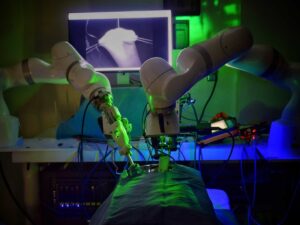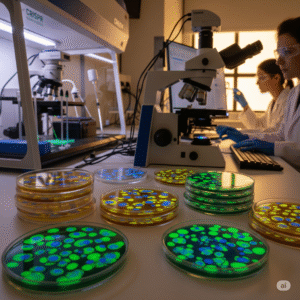In a stunning medical milestone, CRISPR-based gene editing has cured sickle cell disease in more than 60 patients across global clinical trials in 2025. The treatment, developed jointly by Vertex Pharmaceuticals and CRISPR Therapeutics, offers a one-time, curative therapy for one of the world’s most painful and deadly inherited blood disorders.
How the Treatment Works
The therapy, named **exa-cel**, involves extracting stem cells from the patient’s bone marrow, using CRISPR to edit a gene that regulates fetal hemoglobin production, and then re-infusing the modified cells into the body.
The edited cells produce healthy red blood cells—eliminating the sickling effect that causes pain, organ damage, and stroke in traditional sickle cell disease.
Results from the 2025 Clinical Trials
Data published in the New England Journal of Medicine show that:
- 95% of patients remained free of sickle cell symptoms for 12+ months
- No patients experienced vaso-occlusive crises after treatment
- Only mild to moderate side effects related to the transplant process were observed
“I’ve gone from hospital beds to hiking trails,” said Jamal Thomas, a 29-year-old trial participant. “I finally feel free.”
Implications for Other Genetic Diseases
The success of exa-cel paves the way for similar treatments for:
- Beta thalassemia
- Duchenne muscular dystrophy
- Cystic fibrosis
- Hemophilia
Researchers are already running Phase II/III trials using the same CRISPR platform for other monogenic conditions.
Access, Cost, and Ethical Questions
One of the biggest challenges is cost—exa-cel is expected to price around $2 million per treatment. While biotech companies argue it’s cheaper than a lifetime of transfusions and hospitalization, critics worry it will only be accessible to the wealthy.
Global health organizations are pushing for subsidies, licensing agreements, and eventual manufacturing in low-income countries to broaden access.




